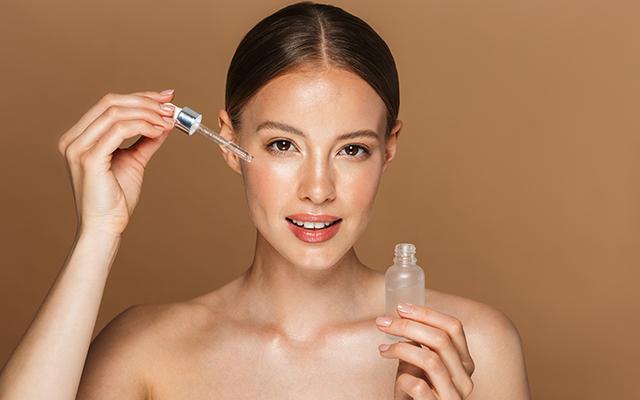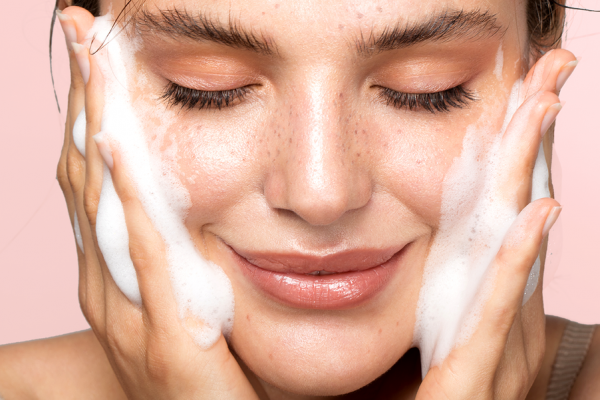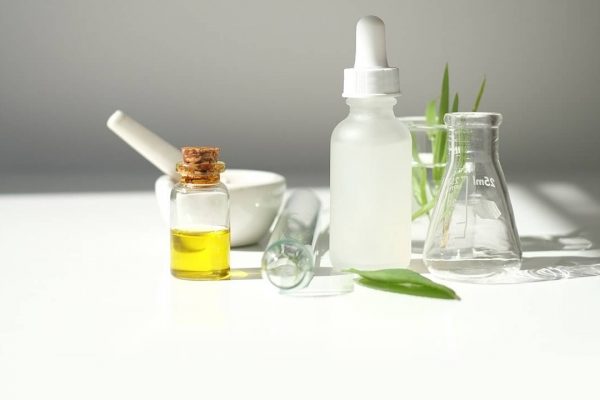The number of skincare in the market can make one dizzy and confused about the ideal type of ingredient the skin needs. Many people apply moisturizers and serums constantly, but do you know why and what makes them different from the other?
What is serum?
Serums are generally lightweight ingredients prepared for facial use. They are absorbent and thin, leaving no sign of serum on the face after application. They also don’t have an exact definition; they can come as oil, gel, or lotion. The skincare product also tackles different skin issues like dark sport, anti-aging, and acne deterrence. Although serums are usually more costly compared to other healthy skin brands, they are complete with strong ingredients, and a little use makes a lot of difference.

Unlike serum that is light texture, moisturizers have heavier texture to produce a tangible wall that retains hydration and avert skin dryness. Also, they boost the performance of the outer skin layer that comprises fat and skin oil cells to aid in holding moisture. Some moisturizers possess additional anti-aging properties, therefore providing double benefits for the skin. However, to properly tackle hard skincare issues, like sun damages, you can mix the serum with moisturizers.
So, does the fact that serum is lighter and thinner, while moisturizers are denser with a creamier texture, affect their performance – does serum work better than a moisturizer or vice versa?
Serums are produced to go deeper into the layer of the skin to supply the skin with active properties, even as moisturizers aid to strengthen the upper part of the skin, connect skin cells for better potency, and boost hydration on the external part of the skin.
Moisturizers have bigger cellular molecules compared to serums, so they generally cannot go through the upper skin into the inner skin deeply and as fast as serum. This difference in penetration functions can have double benefits: if you are searching for powerful outcomes, go for serums, but if you need constant hydration benefits, choose moisturizers. Also, if you have oily skin, you will get sufficient hydration and may not require a moisturizer.
Can moisturizers and serums be used together?
Whether you can use the two together depends on the ingredients, products, and skin type. For example, applying a moisturizer and serum is ideal for dry-skinned people. The serum aid in delivering the main ingredients, while the moisturizer assists in retaining moisture in your skin, hold the serum, and help to increase the performance of the main ingredients. But, if your skin develops acne easily, stay away from serum that contains oil.
Layering
Regarding layering healthy skin brands, the order of application is important. Generally, skincare brands are applied to start from the one with heavier texture to thinner texture. If you consider the objective of applying the ingredients, the order of layering is logical. Serums work in deeper levels to deliver the active properties into the inner layer of the skin, and moisturizers develop a seal on the external or upper part of the skin to hold in serums making it more effective.
So, to layer serum and moisturizers, spread the serum on the neck and face. After applying the serum, pause for thirty to sixty seconds, before rubbing the moisturizers.
If you are experiencing skin problems like dark spots, or aging arks, including serums into your everyday routine, will aid in boosting the look of your skin. For people with dry skin, the correct moisturizer and serum combination can make a huge difference.




